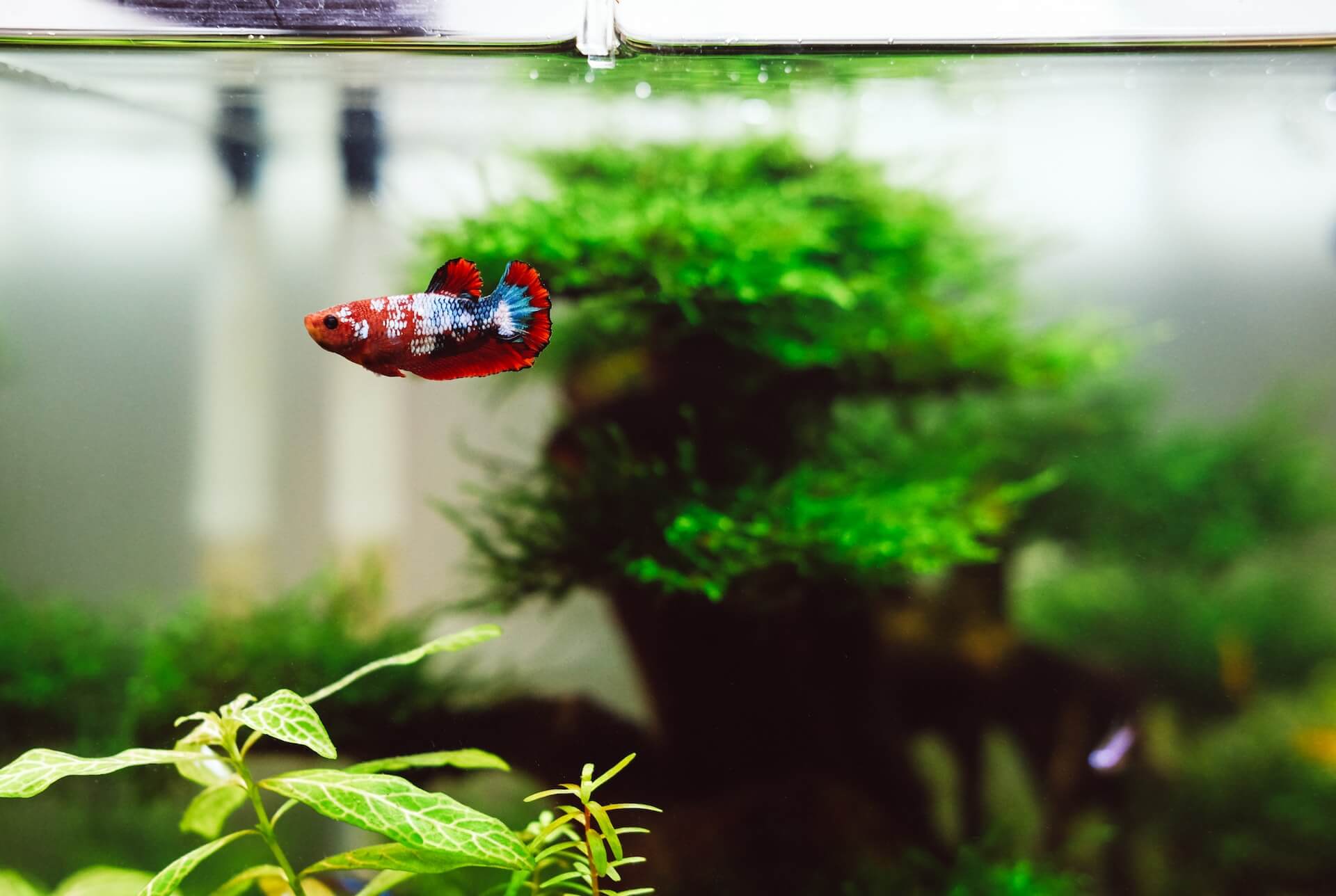Aquascaping is a captivating and creative hobby that combines the principles of art and nature to craft stunning underwater landscapes within aquariums. Beyond providing a habitat for aquatic life, an aquascape is a work of art that captivates viewers with its beauty, balance, and tranquility. In this comprehensive guide, we’ll explore the art of aquascaping, from selecting the right equipment to mastering design techniques, allowing you to create a living masterpiece in your aquarium.
What Is Aquascaping?
Aquascaping is the practice of designing and arranging plants, rocks, driftwood, and other materials in an aquarium to create a visually appealing underwater landscape. It combines elements of gardening, sculpture, and design to craft an aquatic ecosystem that mimics the beauty of nature. Successful aquascapes evoke a sense of harmony, balance, and serenity.
Getting Started with Aquascaping
Before diving into the design process, there are essential steps to follow:
1. Choose the Right Aquarium
Select an aquarium that suits your space and budget. The size and shape of the tank will influence your aquascape’s design possibilities.
2. Gather Equipment and Substrate
You’ll need equipment such as a filter, heater, and lighting appropriate for the plants and fish you plan to include. Choose an aquarium substrate that supports plant growth.
3. Select Aquatic Plants
Research and select aquatic plants based on your aquarium’s size and lighting conditions. Consider foreground, midground, and background plants to create depth and dimension in your aquascape.
4. Choose Hardscape Materials
Hardscape materials like rocks and driftwood provide structure and focal points in your aquascape. Consider the aesthetics, size, and compatibility of these elements with your chosen plants.
5. Plan Your Layout
Sketch or visualize the desired layout of your aquascape. Consider principles of design, such as balance, focal points, and scale.
Aquascaping Styles
Several popular aquascaping styles offer different aesthetics and challenges:
1. Nature Aquarium Style
Inspired by Japanese aquascaper Takashi Amano, this style emphasizes natural and harmonious designs. It typically includes a variety of plants, rocks, and driftwood to create a balanced and serene underwater landscape.
2. Dutch Style
The Dutch style focuses on lush, dense plantings with a wide variety of species and colors. It often features meticulously arranged rows of plants and relies on careful maintenance to maintain its intricate appearance.
3. Iwagumi Style
Iwagumi aquascapes center around the arrangement of rocks, typically in odd numbers. This style prioritizes simplicity, minimalism, and the artful placement of stones to create a powerful focal point.
4. Biotope Aquascaping
Biotope aquascapes aim to replicate specific natural habitats, down to the plants, animals, and water parameters. This style requires thorough research and attention to detail.
Aquascaping Techniques
Achieving a beautiful aquascape involves mastering several techniques:
1. Foreground, Midground, and Background Plants
Place shorter plants in the foreground, medium-sized plants in the midground, and taller plants in the background to create depth and visual interest.
2. Focal Points
Introduce a focal point or a “scape” that draws the viewer’s eye and creates visual interest. This can be a striking rock formation or a unique arrangement of plants.
3. Negative Space
Utilize negative space or open areas in your aquascape to create a sense of balance and simplicity. Negative space helps prevent overcrowding.
4. Balance and Symmetry
Balance the elements in your aquascape to create a sense of harmony. You can achieve balance through symmetry or asymmetry, depending on your chosen style.
5. Patience and Maintenance
Aquascaping requires patience and ongoing maintenance to keep the aquarium healthy and aesthetically pleasing. Regular pruning, water changes, and algae control are essential tasks.
Aquascaping Tips
Here are some additional tips to enhance your aquascaping skills:
1. Study Existing Aquascapes
Browse books, magazines, and online resources to study established aquascapes. Analyze their layouts, use of plants, and hardscape elements to gain inspiration and insights.
2. Experiment and Learn
Don’t be afraid to experiment with different plants, hardscape materials, and layouts. Learning from both successes and failures is part of the aquascaping journey.
3. Be Mindful of Fish and Invertebrates
Consider the needs of your aquatic inhabitants when designing your aquascape. Provide hiding places and swim areas suitable for your fish and invertebrates.
4. Seek Feedback
Share your aquascape with the aquascaping community, either in person or online. Constructive feedback from experienced aquascapers can help you refine your skills.
Conclusion: Creating Living Art
Aquascaping is an art form that allows you to merge your love for aquatic life with your creative talents. As you embark on your aquascaping journey, remember that patience and practice are key. Each aquascape you create will be a unique work of living art, a testament to your creativity, dedication, and appreciation for the beauty of the underwater world.
Whether you’re drawn to the serenity of a Nature Aquarium or the vibrant colors of a Dutch-style scape, aquascaping offers endless possibilities for expressing your artistic vision. Enjoy the process of designing, planting, and maintaining your aquatic masterpiece, and share the beauty of your creation with others who share your passion for this captivating hobby.




1 comment
[…] remove and clean decorations, such as driftwood, rocks, or artificial plants, to prevent algae and detritus […]